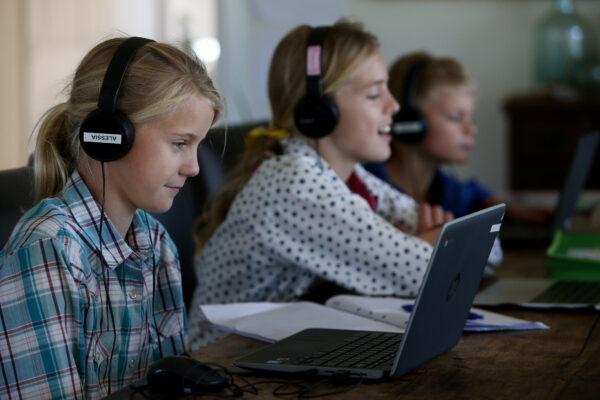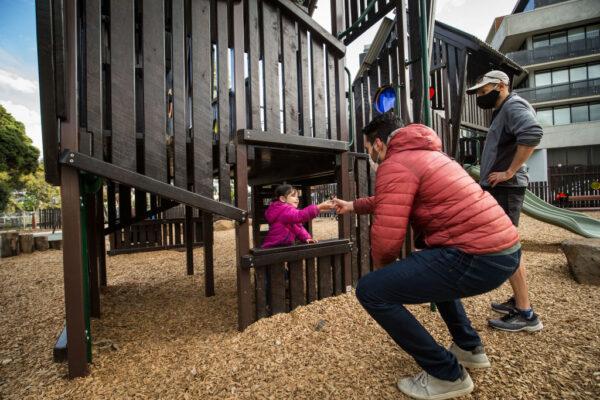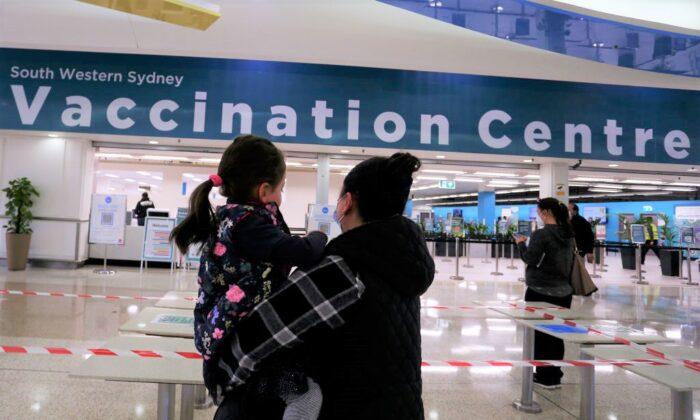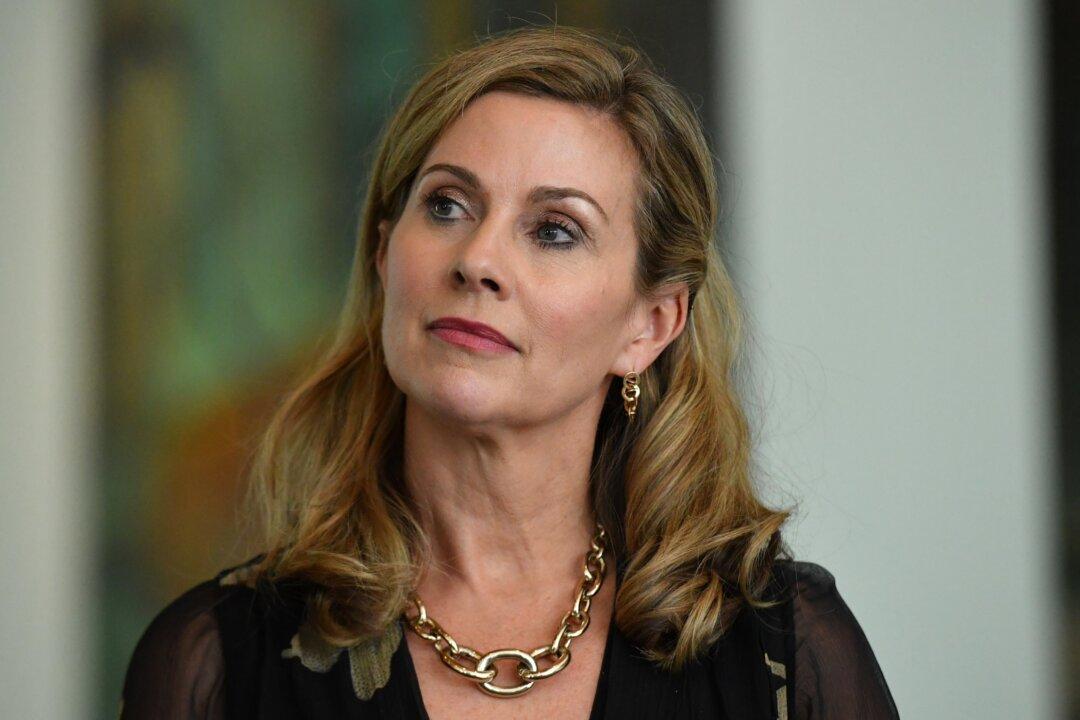Research is emerging on the significant impact that lockdowns have had on Australian children, including physical and mental wellbeing, academic and learning development, socialisation, and more.
Research conducted by SFI Health with over 2,000 Australians revealed that the majority of parents (66 percent) indicated that their children spent too much time on screens during lockdowns, and feared that it would impact their cognitive health.
Almost all parents had tried different strategies to help reduce their children’s screen time, including time limits and tactile activities.
Around one-quarter of parents were unhappy with online learning as it led to their children becoming increasingly distracted and unable to focus.
Children’s psychologist Deirdre Brandner believes that maintaining cognitive health, especially as it relates to the ability to concentrate, stay focused, and retain information.
“Children going back to school in 2022 is a welcome relief to many parents, however, there remains some long-term disadvantages of the remote learning experiences,” Brandner said. “Managing distractions, adapting to learning online, interrupted routines and lack of structured face to face learning experiences has impacted their cognitive abilities.”
Brandner advised parents to look out for the warning signs of cognitive struggle, such as consistently losing focus, becoming very distracted, unable to sit still, and not learning at the pace they used to.

Lead author Prof. Sharon Goldfeld said children were facing a “generation-defining disruption” from COVID-19 restrictions, such as virtual learning, social distancing, lack of structured sport, and less outside play.
Australian children who experienced a second lockdown had significantly increased mental health symptoms, highlighting the importance of school beyond learning by providing social and emotional development.
School closures have also worsened the situation for children with violent caregivers, forcing them to spend more time together.
“Access to child protection services has reduced or moved to telehealth services, potentially exacerbating existing physical and emotional health issues,” Goldfeld said.
But some families have also benefited, showing resilience to the stress associated with the pandemic and spending more time together as a family unit.
A teenager told Save the Children that there was a constant worry about “passing COVID to my dad and then being responsible for killing him.”
One parent surveyed said their child showed a lot of anxiety and was scared even from people walking by in a park.
“We cannot afford for students to disengage further from school,” Save the Children Australia Executive Director Matt Gardiner said. “This would create a disastrous ripple effect for children, communities, and the economy.”

Tips to Support Children’s Return to School
Brandner shared some advice for helping children “gear their brain back into ‘learning mode,’” starting with bringing back routine.“We are all guilty of allowing holidays to weaken some of our household rules, in particular, later bedtimes, less monitoring, and increased device time,” she said. “However, now is the perfect time to get your children back into some form of everyday routine.”
Brandner said gradual return to routine, such as restoring bed time and scheduling meals to align with recess/lunch times will make a big impact to get children back into the right mindset for school.
A healthy and balanced diet is also essential to support a child’s development and is closely tied to classroom function.
“So ensure that your child is getting the right balance of food groups that will help them perform at optimal levels in the classroom,” Brandner said.
She also encouraged families to get children involved in setting New Year’s goals and plans. This puts children in a “do” mindset and helps boost motivation.
Brandner also recommends parents implement a rewards system that aligns with the child’s interest and help tie them to their goals.
“It is important that parents acknowledge the challenges that need to be navigated in the first weeks,” she said. “For some children this may mean getting tasks completed on time but for others it may be achieving results in reading or spelling.”
“As parents we need to encourage and allow children to reach for their potential by supporting the ‘you can do it’ approach.”





